Fusion Marine Ltd
Keystone Habitats were awarded the contract to remove 200m of fire damaged timber boardwalk at Greengairs Community Nature Reserve, Lanarkshire and replace it with recycled plastic (RCP) boardwalk. The works were centred on a peat wetland area which forms one of the most ecologically and diverse parts of the reserve.
What did we do?
- Manually dismantled 200 meters of fire damaged timber boardwalk.
- Installed 200 meters of RCP boardwalk.
- Created 6 passing places to provide users with resting points and allow for wheelchair use.
- Carried out minor landscaping to remove all traces of the timber boardwalk and restore the burned areas adjacent to the new boardwalk.
How did we do it?
- Manually dismantled the existing timber boardwalk and removed this from site using a low ground pressure tracked vehicle.
- Pre-fabricated the eighty-eight 2.4 meter sections of RCP boardwalk off-site and transported these from a road-side drop off point to the path line by tracked dumper.
- Each section was then adjusted by hand into their final positions and joined together with expansion strips to enable each section to expand and contract with temperature fluctuations.
- Our habitats contract manager selected in-house staff to work on the project with previous experience of minimising adverse ecological impacts whilst working on designated sites.
What were the outcomes?
- The project was delivered on time and within budget.
- There was no adverse impact on the designated wetland as a result of our construction activities.
- The introduction of on-site construction waste was avoided.
This entry was posted in Case Studies, Forestry and Rural, Habitats. Bookmark the
permalink. Both comments and trackbacks are currently closed.
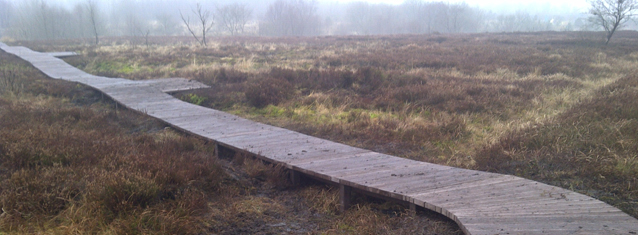

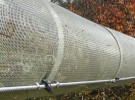
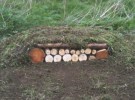
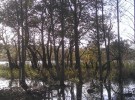
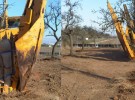
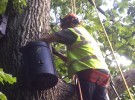
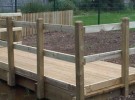

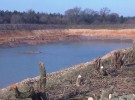

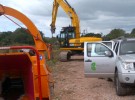

Recycled Plastic Boardwalk Installation
Fusion Marine Ltd
Keystone Habitats were awarded the contract to remove 200m of fire damaged timber boardwalk at Greengairs Community Nature Reserve, Lanarkshire and replace it with recycled plastic (RCP) boardwalk. The works were centred on a peat wetland area which forms one of the most ecologically and diverse parts of the reserve.
What did we do?
How did we do it?
What were the outcomes?